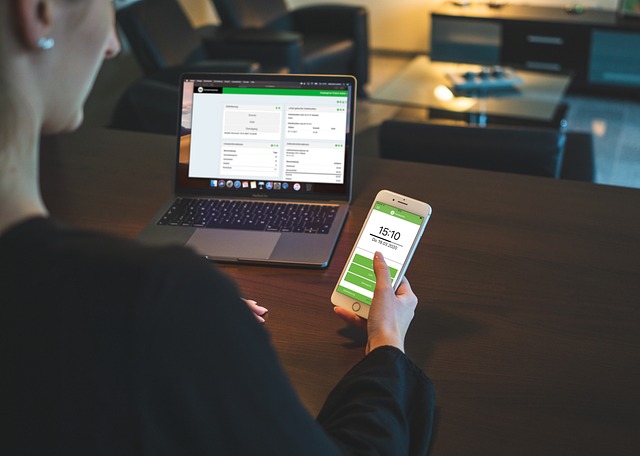Careers in Mobile Device Testing and Quality Assurance
Mobile device testing roles focus on evaluating smartphones and related electronics to confirm functionality, durability, and user experience across hardware and software. These positions often operate in laboratory or corporate settings where technical equipment, workstations, and calibrated instruments are used to exercise screens, cameras, audio, and other components while documenting results for quality assurance and product teams.

What equipment and workstation are used?
Typical testing setups include a dedicated workstation populated with specialized equipment such as signal generators, power analyzers, environmental chambers, and calibrated measurement tools. A tester’s desk often houses a computer for logging results and running automated scripts, alongside chargers, connector arrays, and spare components for quick swaps. In corporate labs, standardized racks and durable benches help ensure consistency across repeated tests and make it easier to replicate issues reported from the field.
How do computer and software support testing?
Software is central to modern testing workflows: automated test suites run on a connected computer and interface with devices via USB, network, or wireless links. Testers rely on diagnostic tools, logging frameworks, and custom scripts to exercise operating system features, app behavior, and low-level firmware. Virtualization and emulation can reproduce various configurations of operating system versions and settings, helping teams verify compatibility without needing every physical device variant while still validating on actual hardware when necessary.
What technical skills do engineers need?
Engineers working in this area combine electronics knowledge with software and systems understanding. Common skills include familiarity with mobile device architectures, network protocols, debugger tools, and test automation frameworks. Competency in scripting languages and experience with version control, issue tracking, and test case management platforms are typically expected. Beyond technical ability, attention to detail and methodical documentation practices are essential for tracing intermittent faults and communicating findings to design or firmware teams.
How are smartphone cameras and audio tested?
Camera testing covers image quality, autofocus, exposure, and sensor behavior under varied lighting and motion conditions, using calibrated light sources and test charts. Audio testing evaluates speakers, microphones, and codecs for frequency response, distortion, and voice clarity; acoustic chambers or standardized environments may be used to control background noise. Testers reproduce real-world scenarios—recording calls, playing media, and using multiple apps simultaneously—to observe how camera and audio subsystems perform under typical usage and under resource constraints.
How is durability and electronics testing conducted?
Durability tests assess a device’s resilience to drops, vibration, moisture, and temperature extremes. Mechanical rigs simulate repeated button presses, hinge cycles, or screen swipes, while environmental chambers expose devices to humidity and thermal stress. Electronics evaluation inspects board-level behavior, power consumption, and signal integrity; tools like oscilloscopes and multimeters help locate faults. Results feed into product decisions about materials, shielding, and component selection to improve reliability in consumer environments.
How do laboratories and quality assurance teams organize testing for mobile devices?
Laboratory workflows in corporate or third-party facilities are structured around test plans that outline objectives, pass/fail criteria, and repeatability requirements. Quality assurance teams coordinate cross-functional tests that include network interoperability, performance benchmarks, and regression checks across multiple operating system and software builds. Test reports typically capture screen behaviors, crash logs, and error traces so engineering groups can prioritize fixes and plan firmware or software updates based on reproducible evidence.
Conclusion Roles in mobile device testing bridge hardware and software disciplines, using a mix of technical equipment, computer-based automation, and hands-on verification to assess smartphone components like screens, cameras, and audio systems. Whether situated in an office lab or a corporate testing facility, these positions emphasize methodical testing, clear documentation, and collaboration with engineering teams to maintain product quality as technology and operating systems evolve.






